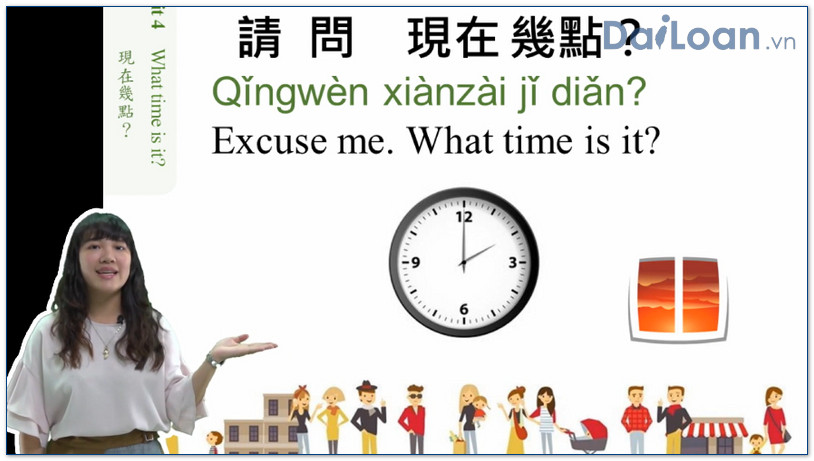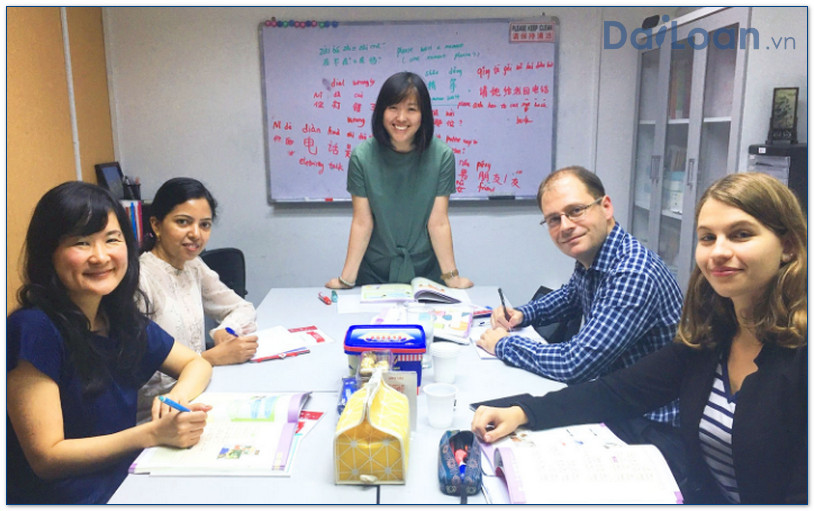The Chinese character ‘拐’ (guǎi) is a fascinating and multifaceted term often encountered in daily conversations and written texts. This article delves into its meaning, grammatical structure, and provides a variety of example sentences, offering language enthusiasts and learners a comprehensive understanding of this character. Whether you are a beginner or an advanced learner of Chinese, this detailed exploration aims to enhance your vocabulary and understanding of Chinese grammar.
What Does ‘拐’ (guǎi) Mean?
The character ‘拐’ (guǎi) primarily means “to turn” or “to bend,” and it is commonly used in the context of changing direction. However, it has additional meanings and nuances depending on its usage in different phrases:
- To turn (a corner): This is the most direct translation, applicable in various navigation contexts.
- To abduct: In specific contexts, ‘拐’ can refer to the act of abducting or kidnapping someone, particularly in idiomatic expressions.
- To distort or twist: It can also imply a figurative sense of twisting or distorting information or situations.
Grammatical Structure of ‘拐’ (guǎi)
‘拐’ is a versatile verb in Chinese, and its grammatical structure integrates smoothly into sentences. Let’s break down its grammatical usage:
1. As a Verb
‘拐’ is most commonly used as a verb and can be placed in various tenses according to the context:
For example:
- 我想拐一个弯。 (Wǒ xiǎng guǎi yī gè wán.) – “I want to turn a corner.”
2. As Part of Expressions
Furthermore, ‘拐’ is often used in set phrases:
- 拐弯抹角 (guǎi wān mǒ jiǎo) – Literally “turning corners and wiping angles,” this idiom means to talk in a roundabout way.
Example Sentences Using ‘拐’
Understanding ‘拐’ (guǎi) through example sentences illustrates its practical use in everyday conversation:
1. Everyday Usage
- 请问,前面怎么拐? (Qǐngwèn, qiánmiàn zěnme guǎi?) – “Excuse me, how do I turn ahead?”
- 小心,别拐得太快! (Xiǎoxīn, bié guǎi de tài kuài!) – “Be careful, don’t turn too quickly!”

2. In Idiomatic Contexts
- 他总是拐弯抹角,不直接说出问题。
 (Tā zǒngshì guǎi wān mǒ jiǎo, bù zhíjiē shuō chū wèntí.) – “He always talks in circles and doesn’t directly address the issue.”
(Tā zǒngshì guǎi wān mǒ jiǎo, bù zhíjiē shuō chū wèntí.) – “He always talks in circles and doesn’t directly address the issue.” - 这件事情我们不能拐弯抹角,必须直截了当。 (Zhè jiàn shìqíng wǒmen bùnéng guǎi wān mǒ jiǎo, bìxū zhíjié liǎodàng.) – “We cannot beat around the bush in this matter; we must be straightforward.”
Conclusion
In summary, the Chinese character ‘拐’ (guǎi) is rich in meaning and usage, serving as a crucial component of the Chinese language. Its ability to convey various actions, from simple directional turns to deeper, idiomatic expressions, makes it an important word to master for anyone learning Chinese. By analyzing its grammatical structure and contextual usage through example sentences, learners can enhance their understanding and fluency in Chinese. Keep practicing, and soon you’ll find yourself using ‘拐’ (guǎi) with confidence!

Sứ mệnh của Chuyên là giúp đỡ và truyền cảm hứng cho các bạn trẻ Việt Nam sang Đài Loan học tập, sinh sống và làm việc. Là cầu nối để lan tỏa giá trị tinh hoa nguồn nhân lực Việt Nam đến với Đài Loan và trên toàn cầu.
CÓ THỂ BẠN QUAN TÂM
Du học Đài Loan
Lao Động Đài Loan
Việc Làm Đài Loan
Đơn Hàng Đài Loan
Visa Đài Loan
Du Lịch Đài Loan
Tiếng Đài Loan
KẾT NỐI VỚI CHUYÊN
Zalo: https://zalo.me/0936126566
Website: www.dailoan.vn




